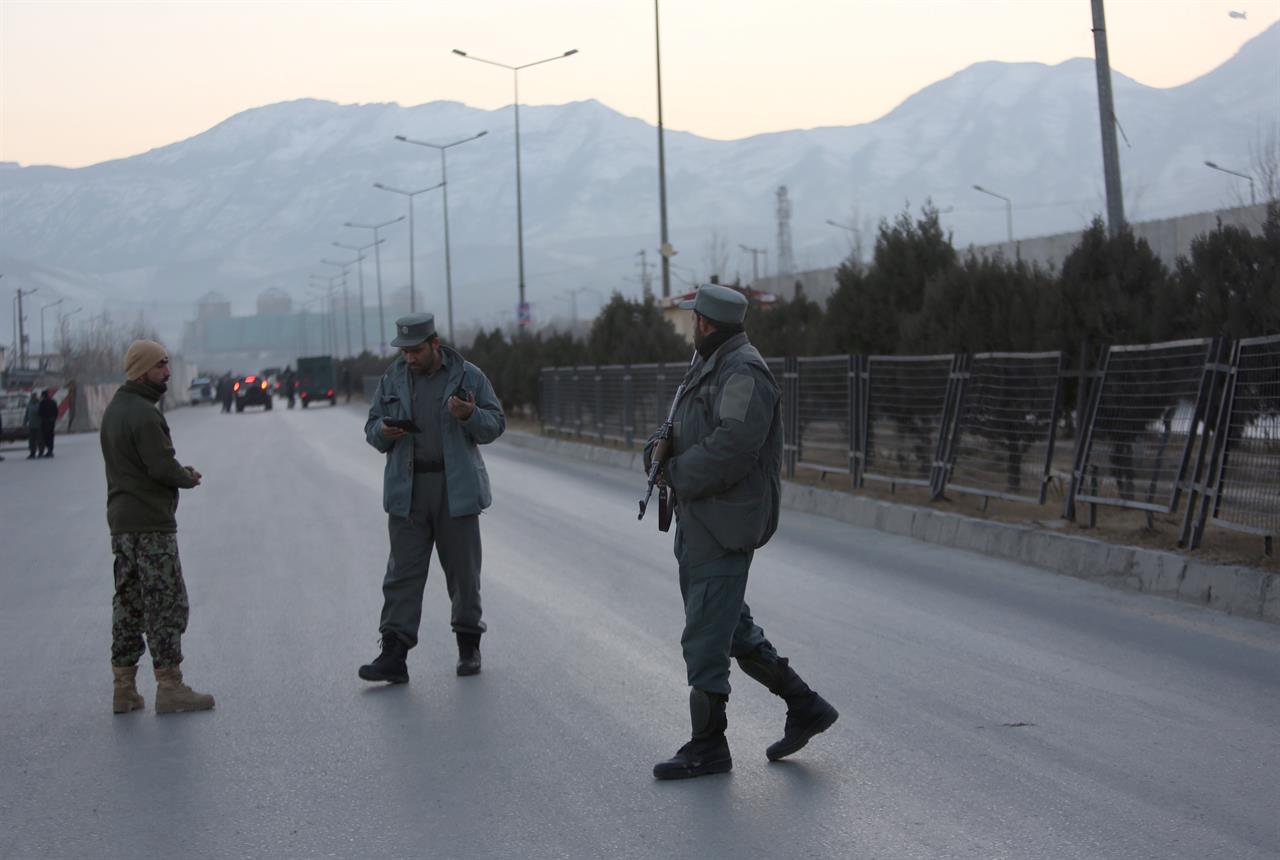Afghanistan Rocked By Bombings: Kabul, Kandahar And Helmand Hit
NEW DELHI: Dozens of people have been killed in a spate of bombings across Afghanistan, marking the worst violence in weeks in the troubled country.
The Taliban claimed responsibility for twin bombings in the centre of the capital city of Kabul, which killed 38 people and injured several others. The attack took place near government offices in the city, and Interior Ministry spokesman Sediq Sediqqi said a suicide bomber struck first, followed by a car bomb.
Military, police personnel and civilians were killed in the attack. An injured parliament security guard named as Zabi told AFP: "The first explosion happened outside the parliament... a number of innocent workers were killed and wounded. It was caused by a suicide bomber on foot."
"We planned this attack for quite some time and the plan was to target some senior officers of the intelligence agency," a Taliban spokesman was reported as saying.
At the time of writing, Kabul was under high security and Afghan President Ashraf Ghani vowed that all those behind the "criminal attacks" would be caught. "The Taliban shamelessly claim credit for the attack on civilians and they're proud of it," he said in a statement.
In Kandahar, foreign dignitaries and ambassadors were the target of the attack, as a bomb went off at a dinner party. Tolo news agency reports that the bomb was hidden in a couch. Provincial governor Humayun Azizi was critically injured in the attack. The UAE ambassador and other officials were wounded, prompting the UAE foreign ministry to issue a statement against the "heinous terrorist attack.”
Separately, in Lashkar Gah -- the capital of the troubled Helmand province, at least seven people were killed and many others wounded when a Taliban suicide bomber targeted a guesthouse used by an intelligence official.
The attacks exposes the deteriorating security situation in Afghanistan, as the year 2016 has been one of the worst years yet in terms of civilian casualties. Additionally, the Taliban has seen some of its biggest gains this year -- especially in the provinces of Helmand and Kunduz. Reports from the ground state that Lashkar Gah is in lockdown with only a few shops open and many families trying to flee the fighting. Schools and universities across the province have been closed indefinitely. Reports from Kunduz tell the same story, with news routinely breaking that the Taliban have pushed into Kunduz city before being repelled by Afghan forces.
Afghan and NATO forces repeatedly insist that neither Lashkar Gah or Kunduz are at risk of falling to the Taliban, but reports from the ground differ as the Taliban closes in on both cities and controls large swathes of the surrounding territory.
The result of the push in fighting is a spike in civilian casualties, with UN Assistance Mission in Afghanistan (UNAMA) documenting 8,397 conflict-related civilian casualties (2,562 deaths and 5,835 injured) between 1 January and 30 September 2016 (the figures for the entire year at yet to be released). One of the most worrying aspects of these figures is the rise in child casualties, as UNAMA documented 1,897 civilian casualties (623 deaths and 1,274 injured) caused by Pro-Government Forces in the first nine months of 2016, a 42 per cent increase compared to the same period in 2015.
The violence also follows a failed start-stop peace dialogue with the Taliban, which eventually fell through as relations between Afghanistan and Pakistan faltered.
With the figures for 2016 thus far revealing yet another upward trend, and 2017 seeing little hope for a peace dialogue with the insurgent group, Afghanistan is all set to see yet another year of bloodshed and violence.





